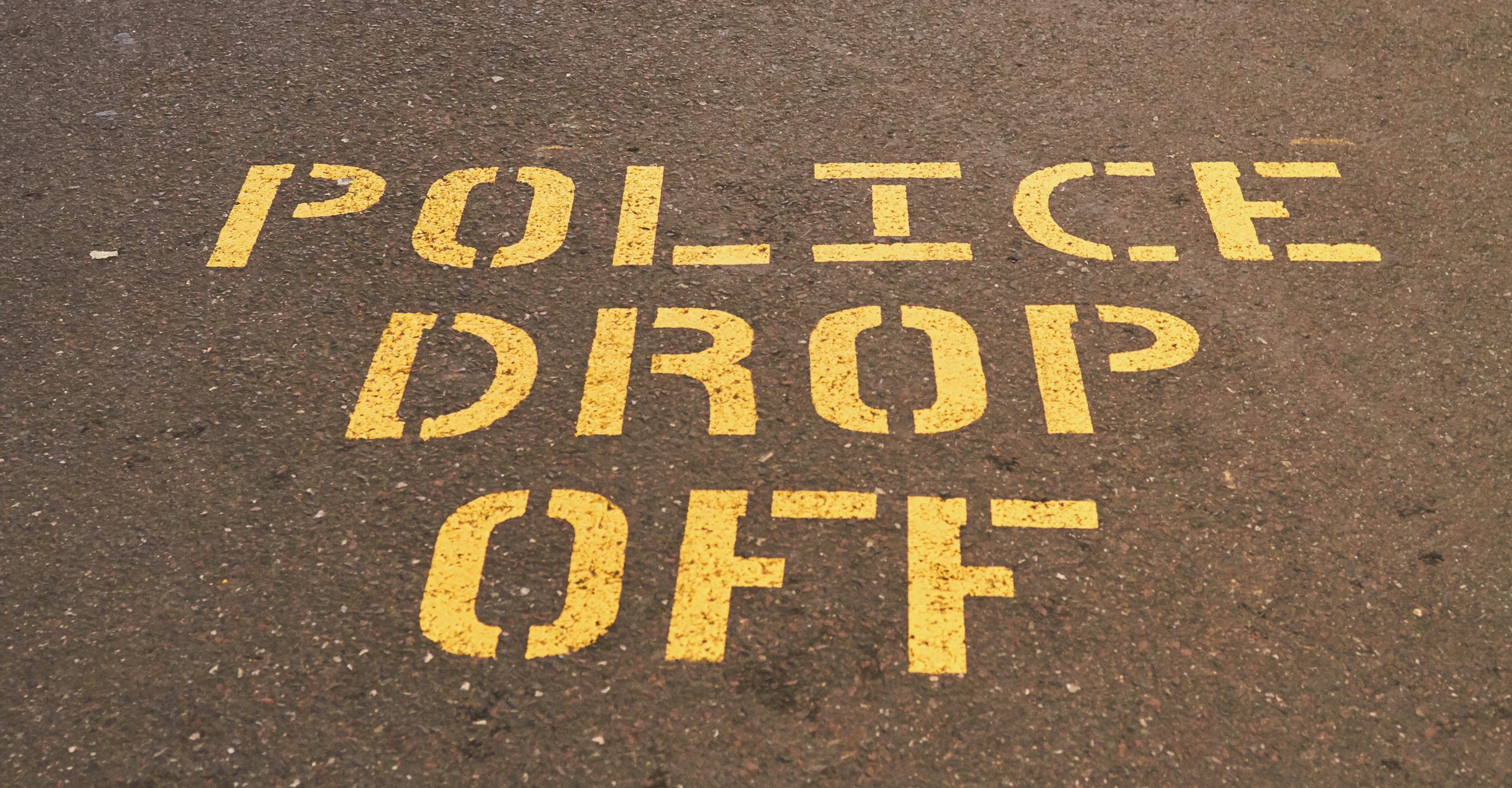After gunfire erupted at a community event in the Brownsville neighborhood of Brooklyn on the evening of July 27, officers with the New York Police Department had a choice to make: Wait for an ambulance to arrive and transport victims to the hospital, or shuffle them into police vehicles and do it themselves.
Gunmen had fired shots into a crowd of more than 2,000 partygoers, striking 12, some in the head and back. NYPD officers elected to transport at least three of the victims to nearby Brookdale University Hospital, according to Khari Edwards, the hospital’s public information officer. “The NYPD did an amazing job in terms of saving lives in that moment,” he said.
The practice of police transporting trauma victims directly to the hospital is known informally as “scoop and run.” As The Trace reported last year, few police departments have official scoop and run policies, but many authorize the practice in emergency situations with multiple casualties. The Philadelphia Police Department is one of the rare departments to have made the practice a cornerstone of its medical emergency response protocol. In 2017, a third of the city’s more than 1,200 shooting victims were delivered to a city trauma center in the back of a police vehicle.
Research supports the idea that scoop and run can save lives. In Philadelphia, a 2014 study concluded that severely injured gunshot patients rushed to the hospital by city police fared better than those transported by EMS, and an earlier 1995 study found no significant difference between the mortality rates of assault victims transported by police versus those transported by EMS.
In New York, it’s difficult to tell how often police officers transport victims to the hospital, but law enforcement professionals and hospital workers say it happens on occasion. Mary Frances O’Donnell, an NYPD spokesperson, declined to say whether the department has a formal policy regarding scoop and run. However, she confirmed that officers used the practice after the Brownsville shooting. “Due to the large number of people requiring treatment and the limited availability of ambulances, the officers transported victims requiring urgent attention to the hospital in their [cars],” she said. “This action reflects the Department’s values to protect human life.”
A spokesperson for the Fire Department of New York, which oversees the dispatch of emergency medical services, said the department trusts the judgement calls made by police officers who decide to make ambulances out of their cruisers, but insisted that the practice was rare, and that in most cases EMS arrive quickly.
Neither spokespersons from Interfaith or Brookdale hospitals, nor EMS staff contacted for this story said they consistently log whether a trauma patient was delivered in an ambulance or a police cruiser. The FDNY spokesperson said scoop and runs would be logged as transportation “by other means.”
Dr. Niladri Basu, an orthopedic trauma surgeon who works at Kings County Hospital Center, where two of the Brownsville victims were treated, said the NYPD infrequently transports patients to his hospital because EMS stations are so numerous in the city. “Time-to-site is very short here compared to other cities,” he said. But if there’s a good reason to get to the hospital especially fast, scoop and run can make a difference, he added. “Minutes or seconds can save a patient’s life.”


